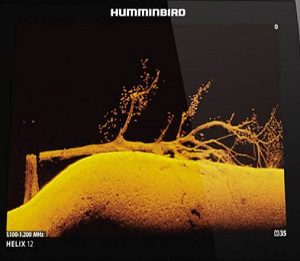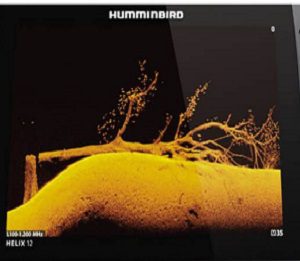 Fishfinders are adopting new technologies to make fishing easier. Two of these are down imaging fish finder and side imaging fish finder. An angler can use these two to check if an area is productive in fulfilling the need for fish.
Fishfinders are adopting new technologies to make fishing easier. Two of these are down imaging fish finder and side imaging fish finder. An angler can use these two to check if an area is productive in fulfilling the need for fish.
Each of the two can be compared for its pros and cons. Their productivity can be determined in a given area keeping certain conditions in mind. For example, both work better in a specific context, i.e., deep or shallow water. These two fish finders are amongst the myriads of those available in the market that claim to bring better results.
One can decide well if they compare the pros and cons of these two fish finders. Here we bring you a detailed overview of the two imaging fish finders. You can decide for yourself by comparing which one suits your needs better and you should get it.
Table of Contents
Comparison of Down Imaging to Side Imaging
Down Imaging Fishfinder and Side Imaging Fishfinder are two types of fish finders, an advanced form of sonar that can catch fish. An angler can see a detailed picture of what is beneath or on the sides of their boat using these two devices.
Down Imaging is a patented name for the down imaging/vertical use fish finder used by Humminbird. This device is for the best use in deep waters and can help the angler find fish in the area beneath the boat. In contrast, the side imaging fish finder is another device that is slightly different from the down imaging sonar. This difference is the area of its use, i.e., sides.
With the use of a down imaging fish finder, an angler can see where the fish is. They can see in detail the picture of water beneath their boat. Also, a benefit of using a down imaging fish finder is distinguishing between stone, debris, and fish. For each of these, there are different images available on the screen. This makes decision-taking for the angler much easier.
It is ideal for deep water, and its price is much lower than a side imaging fish finder. The simplicity and ease of use make down imaging fish finders easy to use.
Side imaging in comparison is different. It is used on the horizontal side to see if there is fish in the water. It readily scans the area for the angler. It is used in shallow water, especially freshwater. It is useful in finding fish in rivers, etc., where the sides might have more fish than the deeper areas.
Production companies of these fish finders use different names for these. Lowrance has given them the name of Down-Scan and Side-Scan; Garmin calls it DownVu.
Uses of Down Imaging
Down Imaging is best used in deep water, providing a clear picture of the vertical perspective. It provides the details without compromising on speed. Thus, the angler can get a detailed overview without slowing down. Its scanning power is near perfect and doesn’t miss if there is fish. It also has the feature of detecting fish without being affected by the size of the fish. It doesn’t require light to get results in the form of a refined picture on the screen.
Down imaging can be used for the identification of structures in the sea. The resolution that it provides ensures that the clarity of this device is reliable. It can be used reliably for fishing in deep water. It is of best use when capturing images while moving at high speed. Down Imaging provides a clearer perspective of deep water, making it possible to thoroughly scan the area.
Uses of Side Imaging
Side imaging can be best used in shallow water, where it provides a detailed picture of the target area using horizontal scanning. It scans the area for fish using shadows. This way, the angler can identify between different types of shadows. They can decide from the results that the given area can be productive for them.
It can be best used for scanning for sides of the water. It covers two different directions at a time, which is reliable in regards to productivity. In contrast to the down imaging device, it can provide a clear picture of the sides. As said earlier, there are almost no fish on the downside of shallow water, so there is a need for a device to help with the search of sides. Down imaging devices can provide a complete image of the environment, helping get comprehensive coverage of sides.
It can be best when catching schools of fish in water. It helps detect them, and the angler doesn’t have to spend much time on their identification.
Pros and Cons of Down and Side Imaging
Each of these two devices has its pros and cons. Down imaging fish finders are cheaper in comparison to side imaging. Each of these two works is in a specific context, and their results are unreliable if used in a different situation.
Side imaging won’t give good results in deep water and vice versa. Down Imaging provides a clear picture, but here the angler has to compromise on speed. Side Imaging can scan more water because it focuses on two sides. Side imaging guarantees better quality in shallow water because the angler might miss a school of fish due to low speed.
It is based on the needs of the angler to decide between the two.
Choice is Yours
You should be clear about the area where you are going to use the fish finder. If it is deep water, then a down imaging device is the best, while if it is a shallow water area, then side imaging is best.
These two vary in costs, but their results in the required conditions are best. You can’t use down Imaging productively in shallow water and side imaging in deep water.
- What Do You Need for Fishing - August 18, 2022
- How to Find Offshore Fishing Spots - August 18, 2022
- What to Use for Trout Fishing - August 17, 2022

